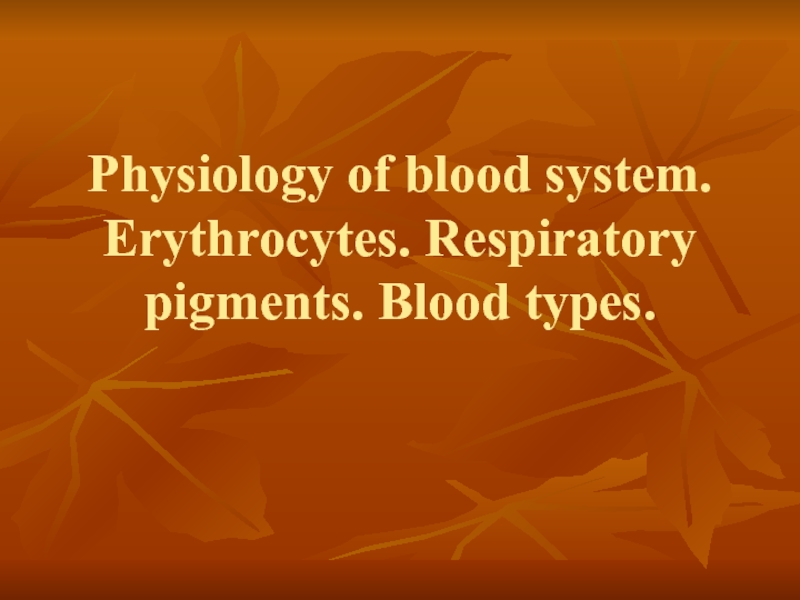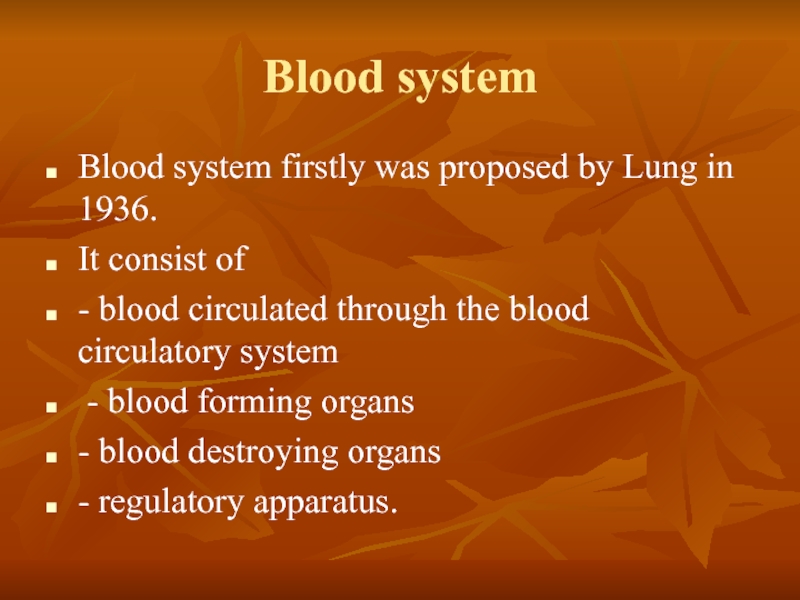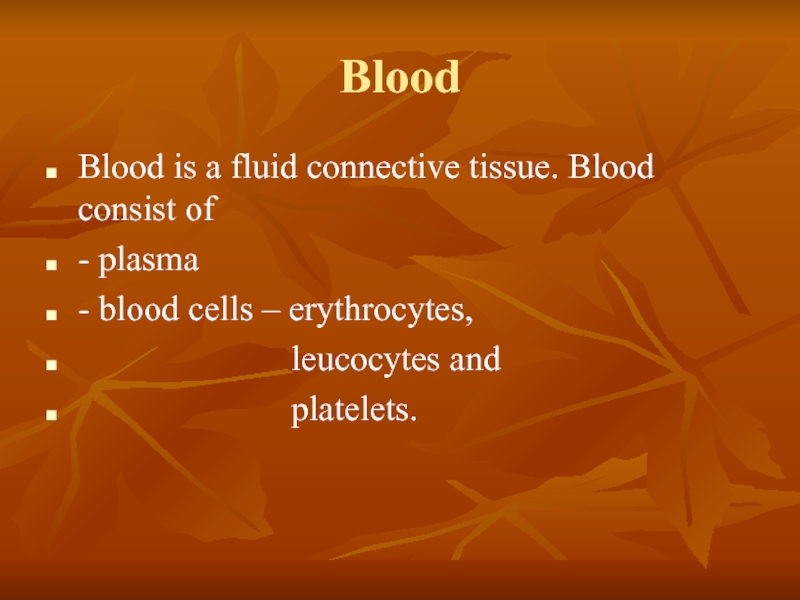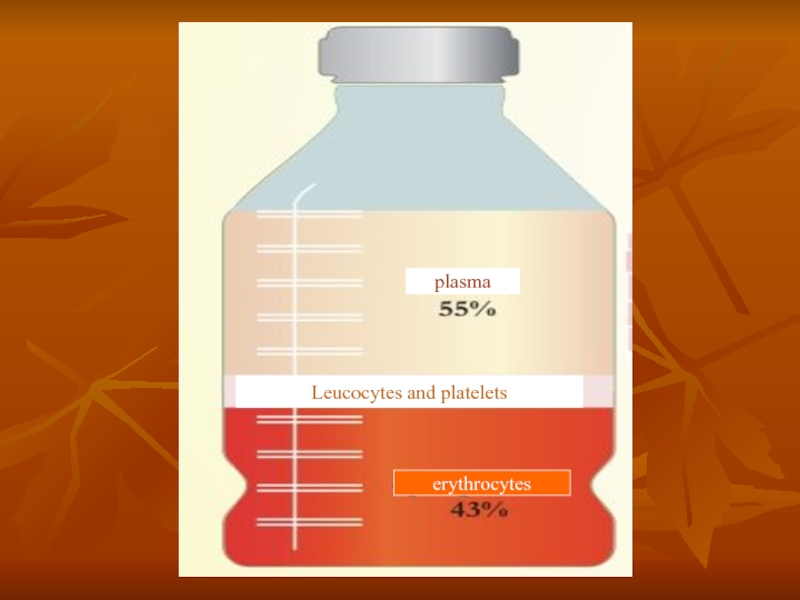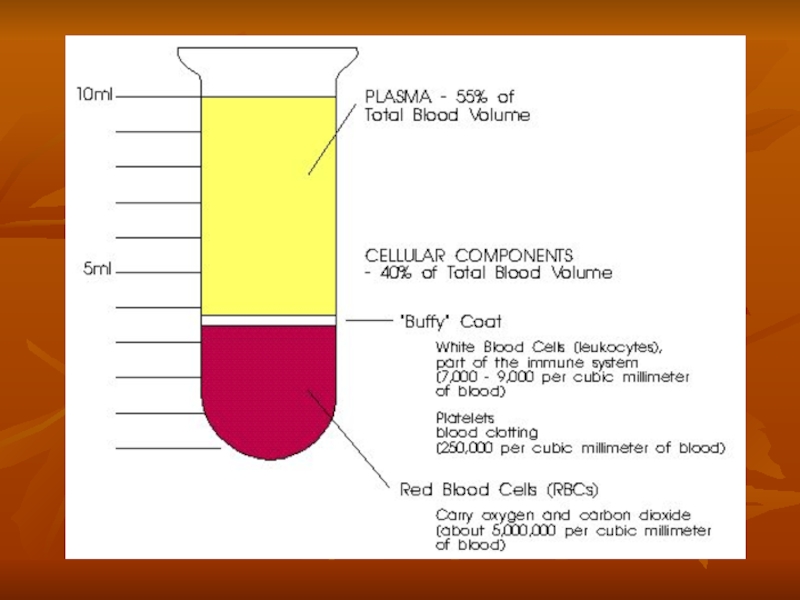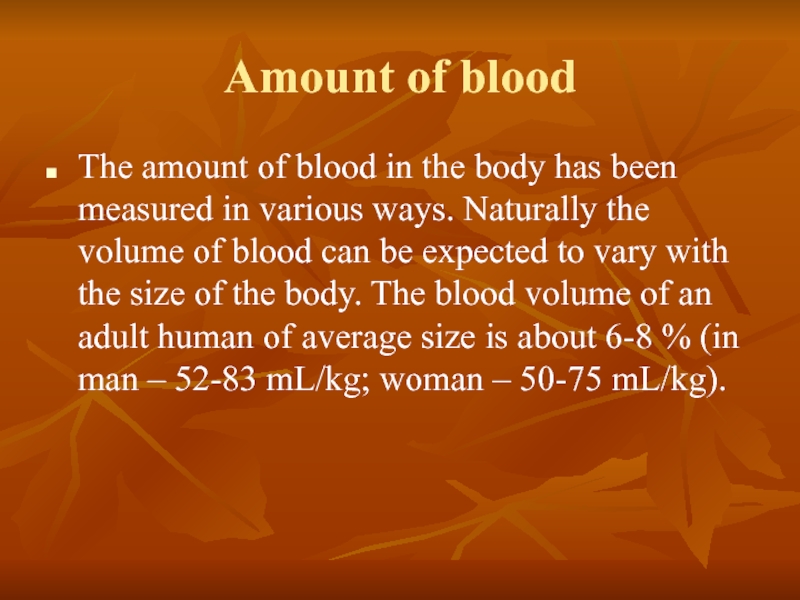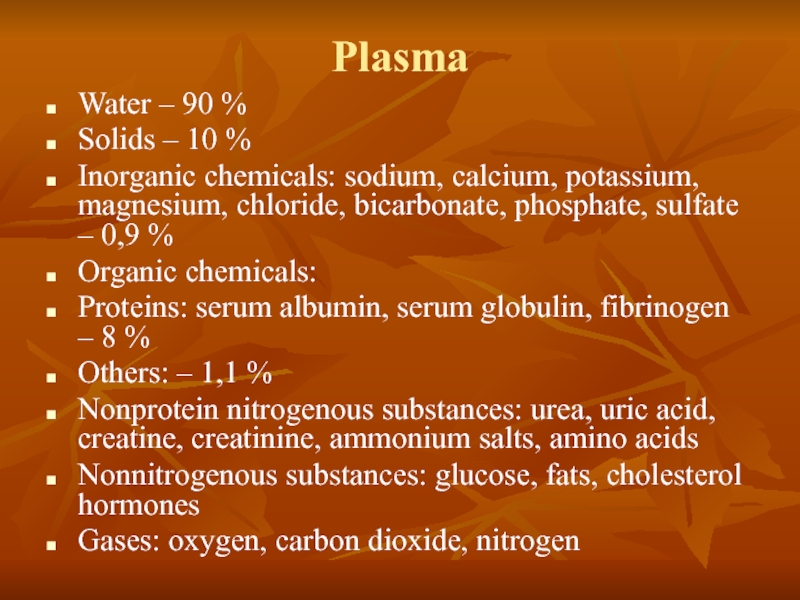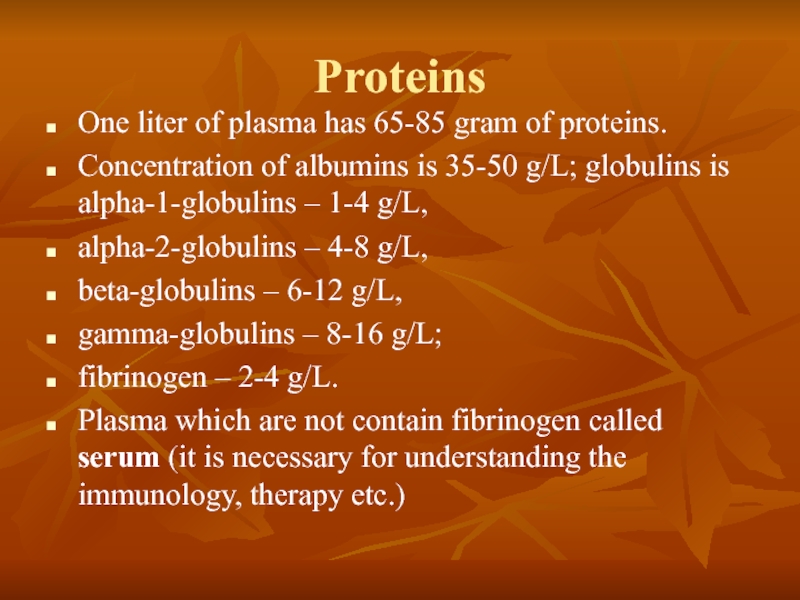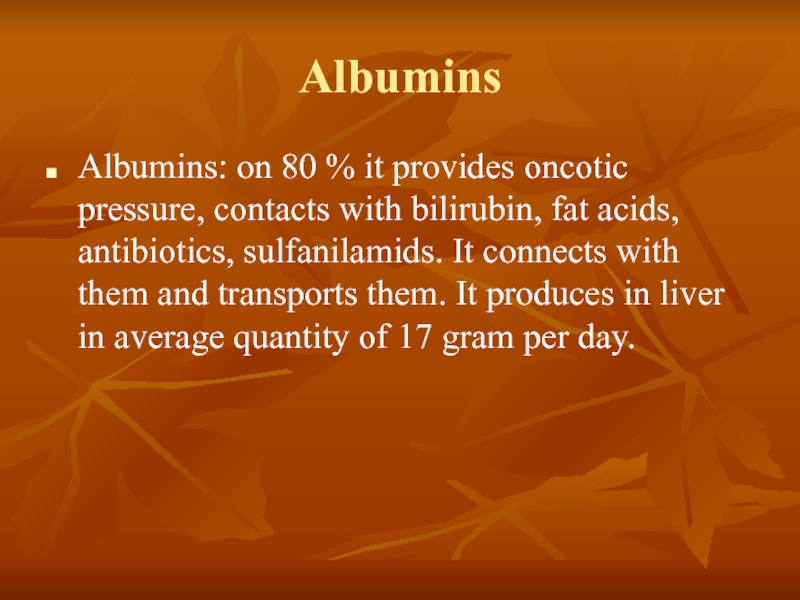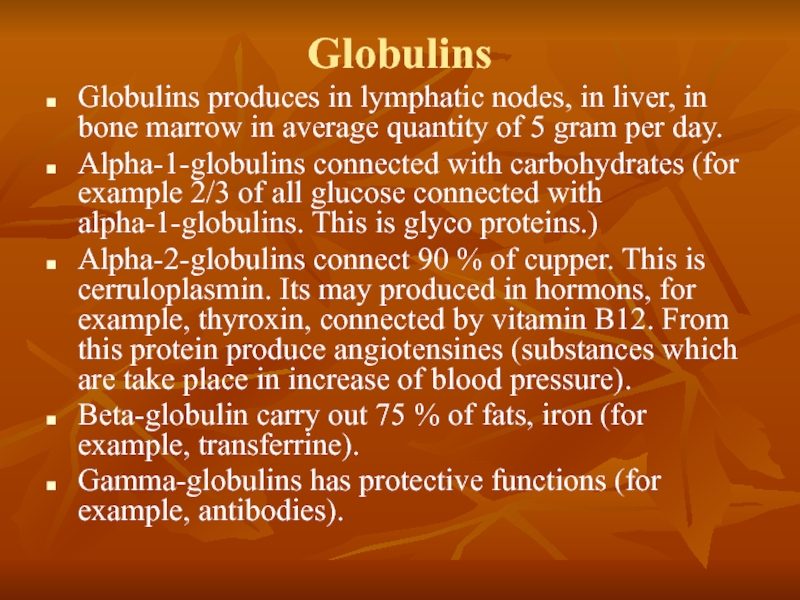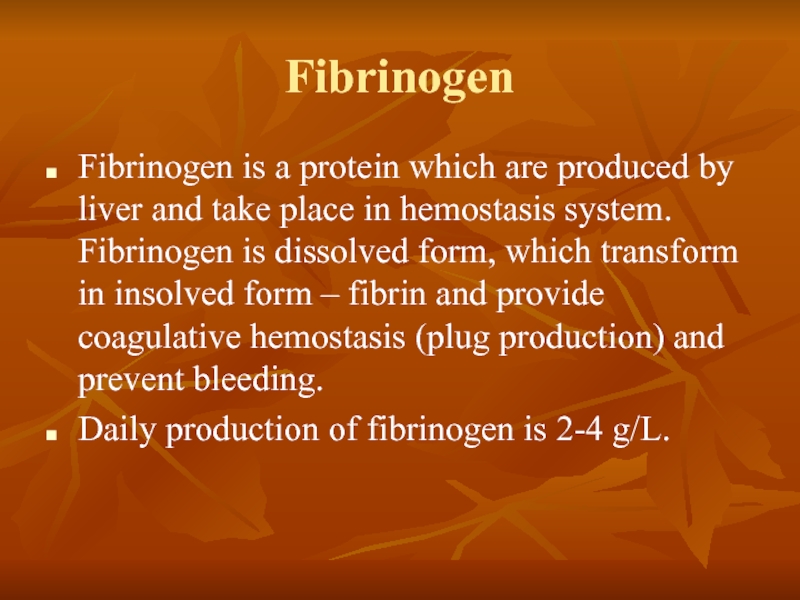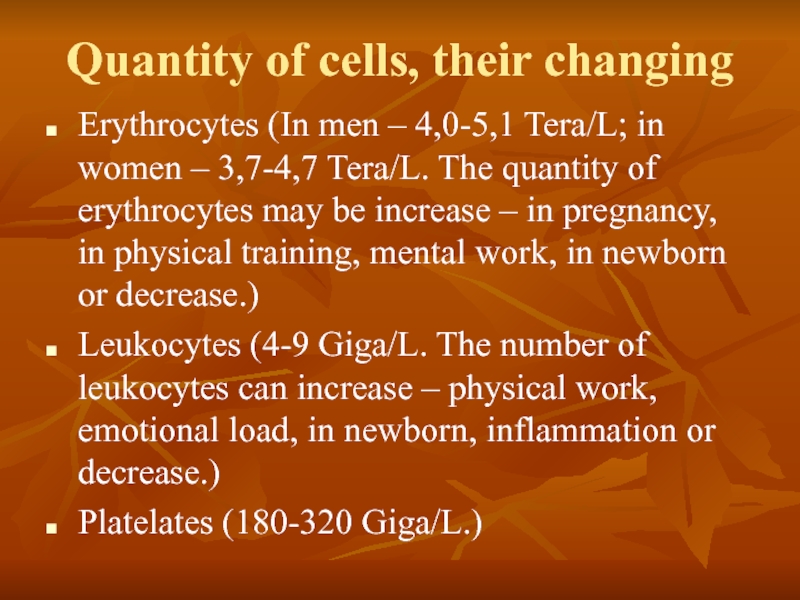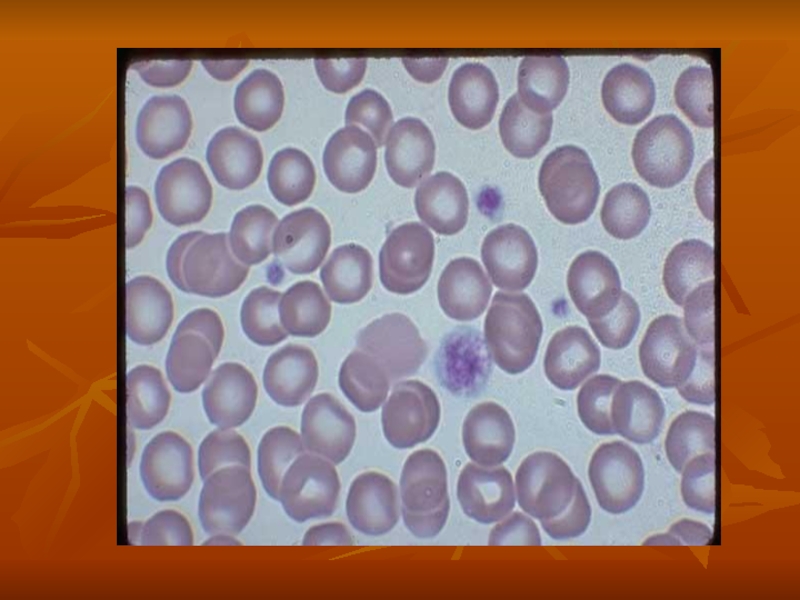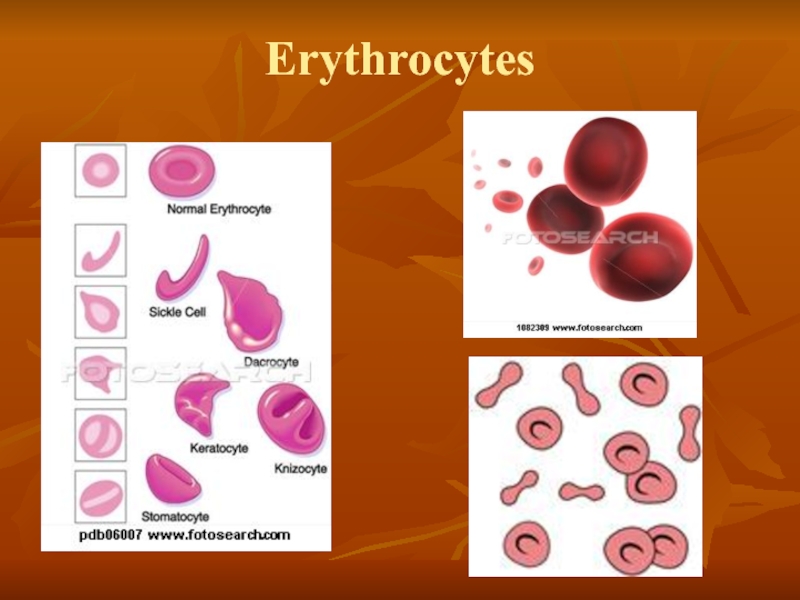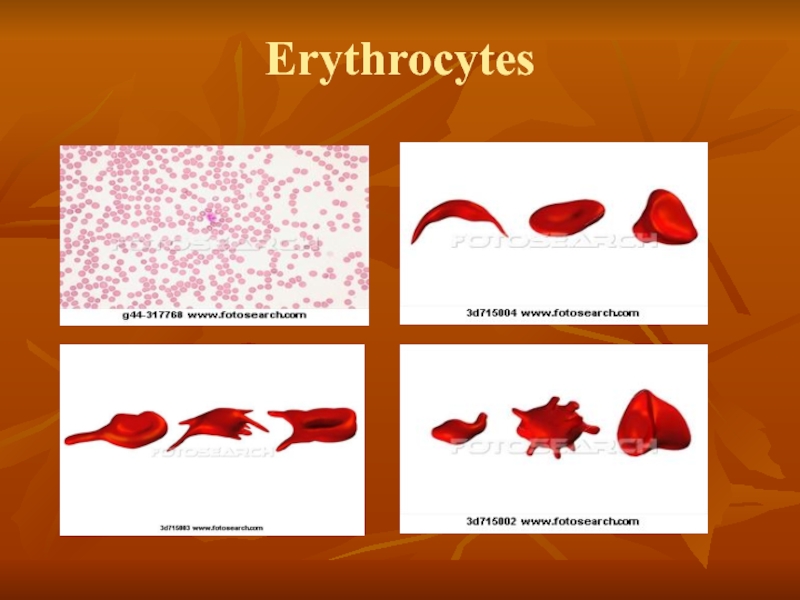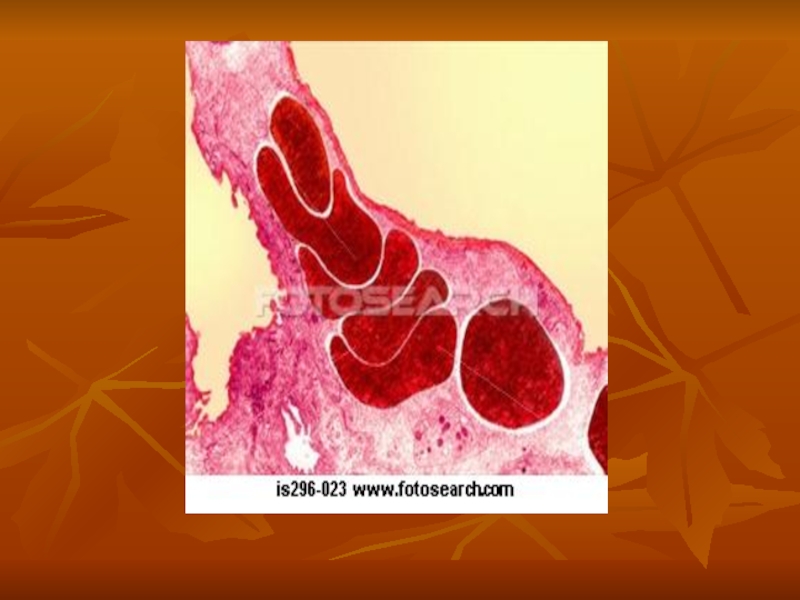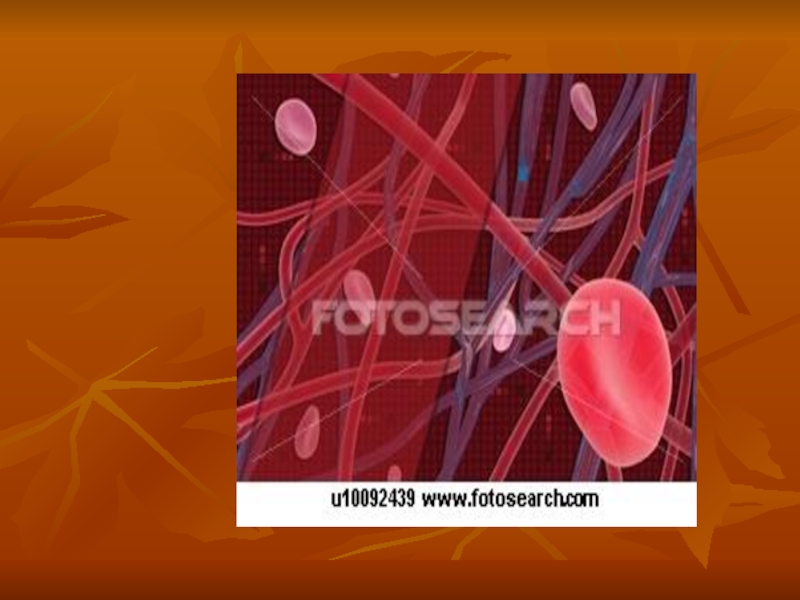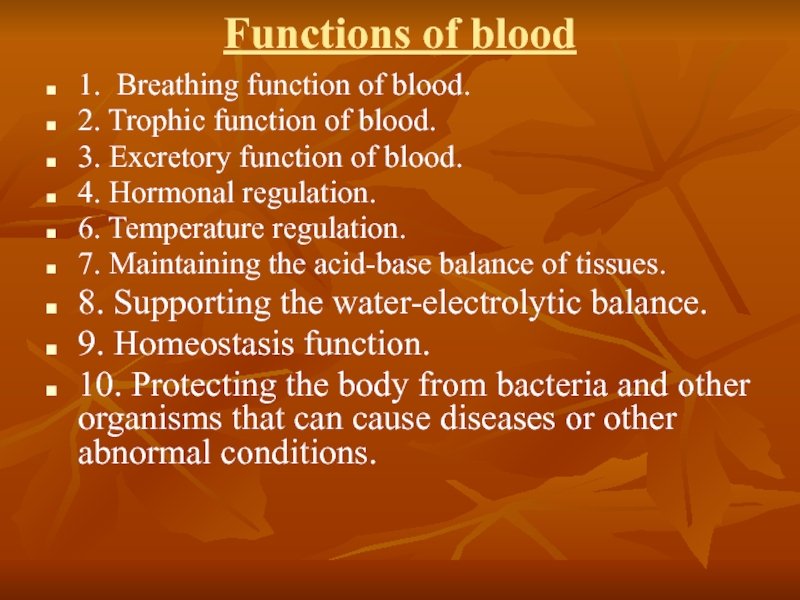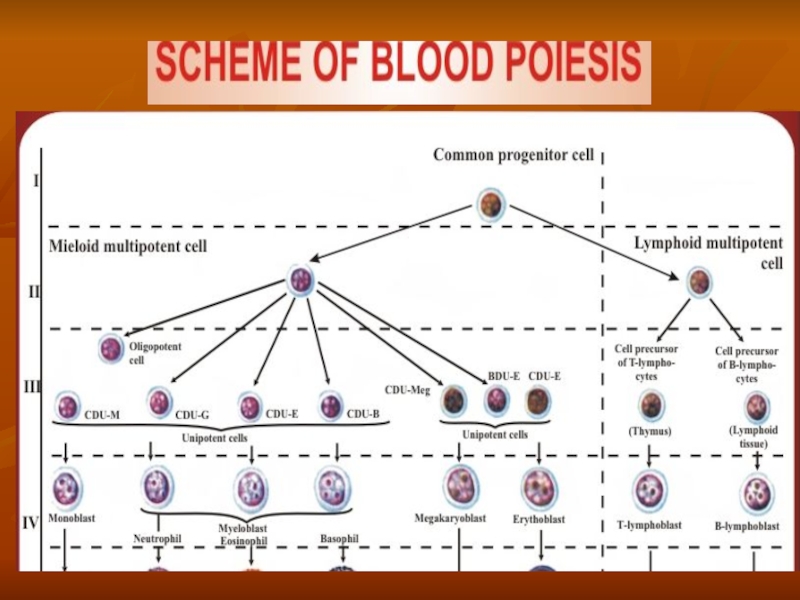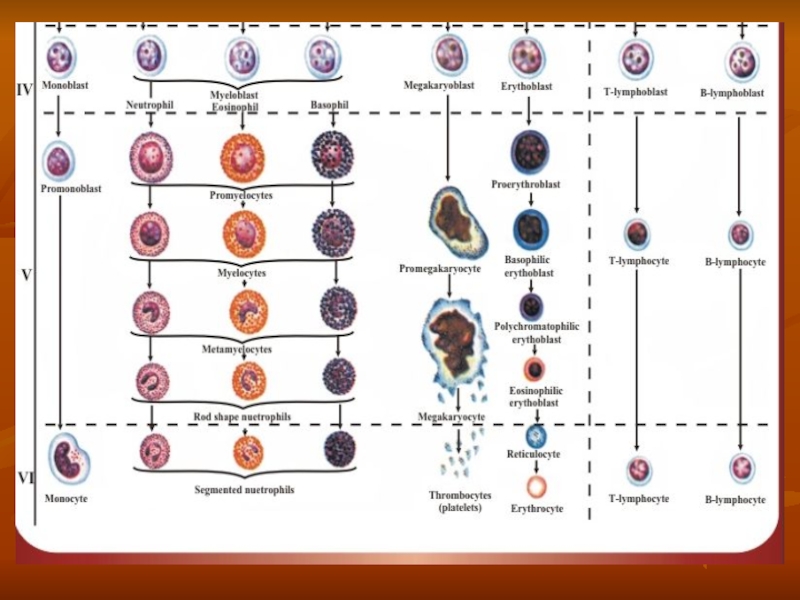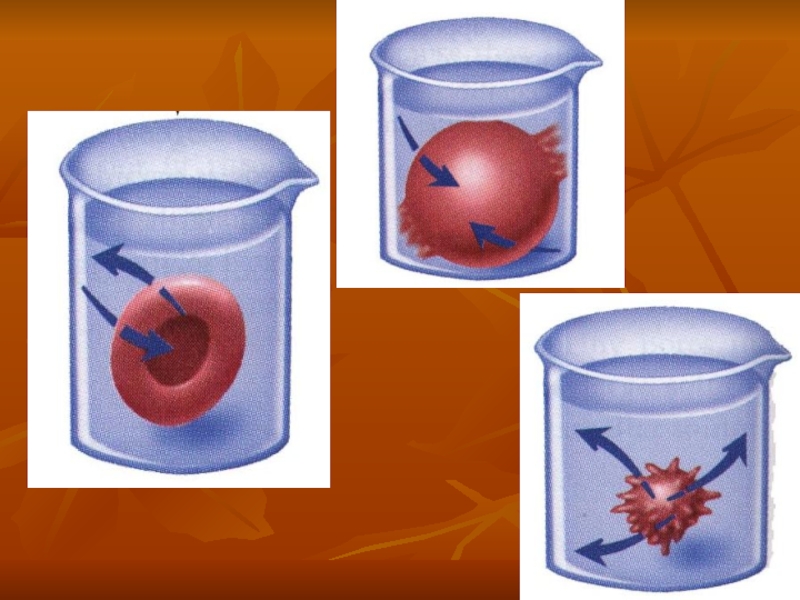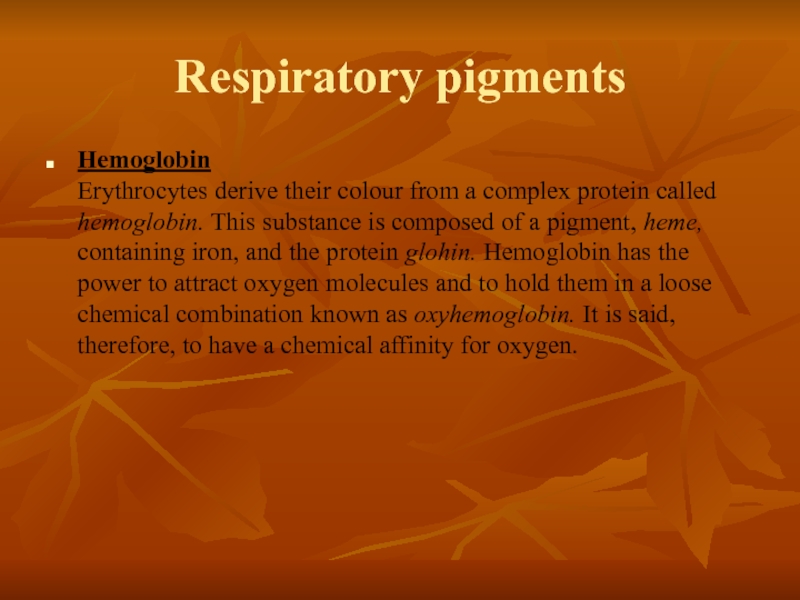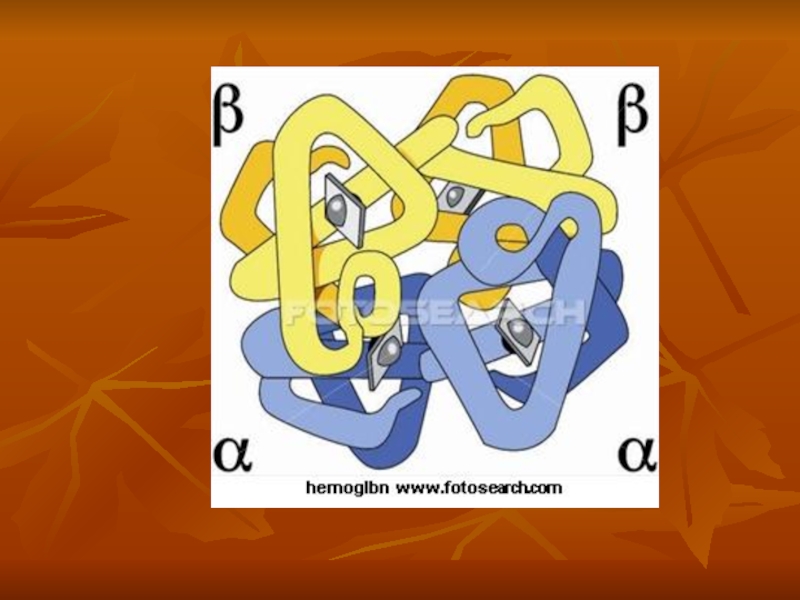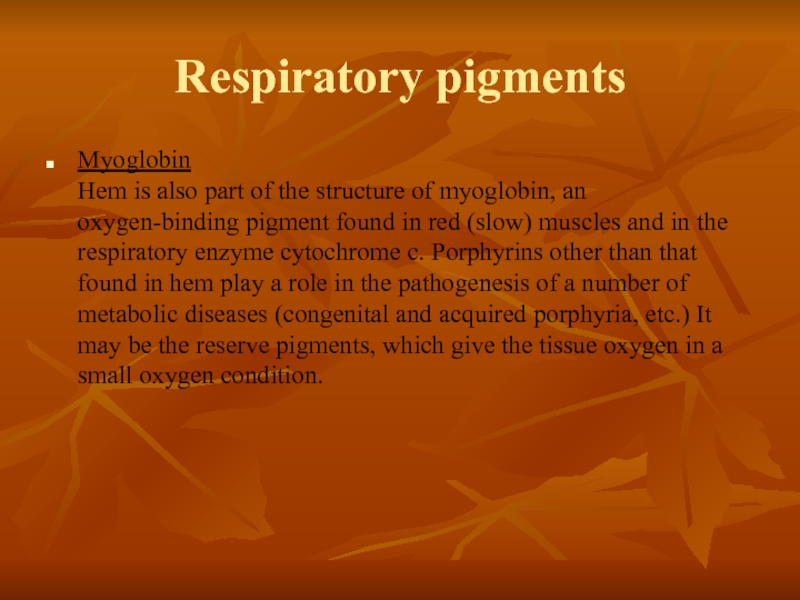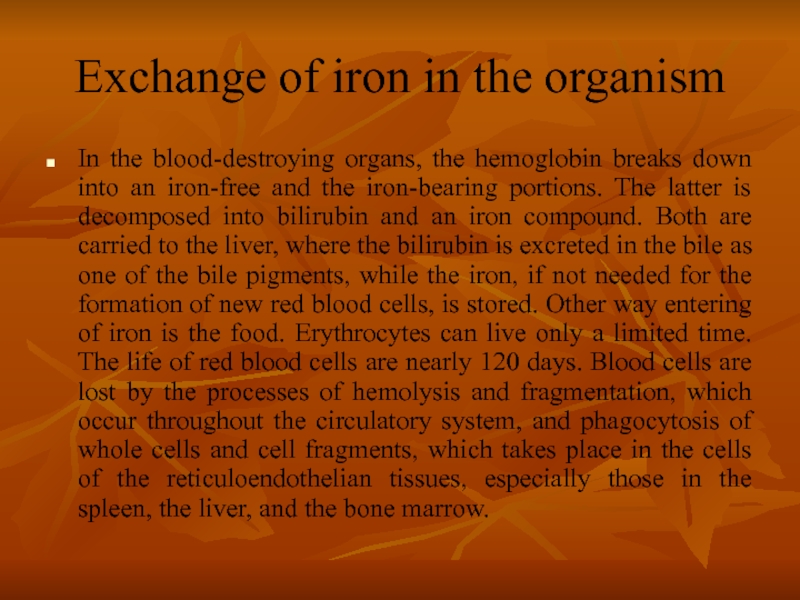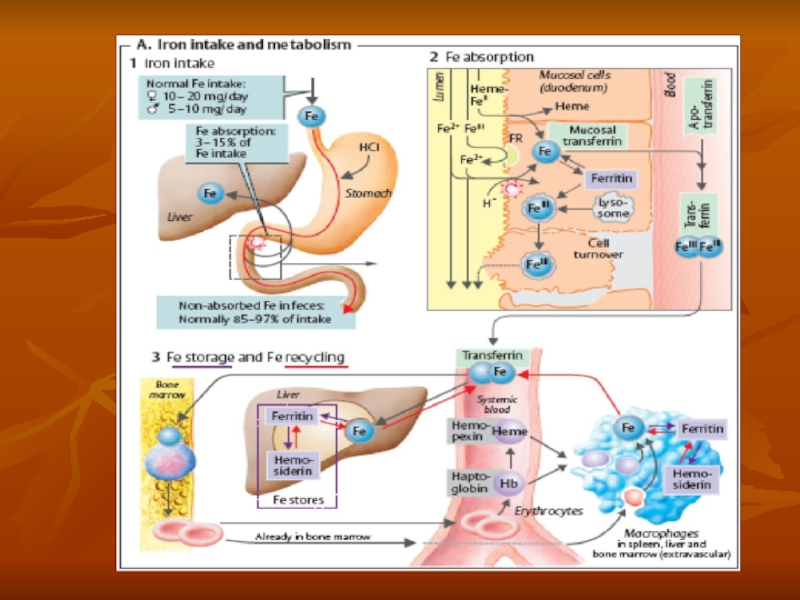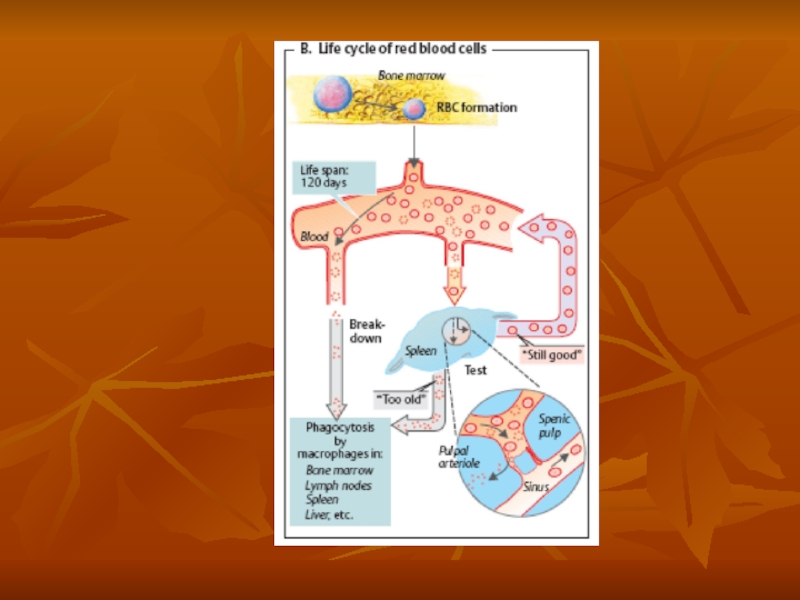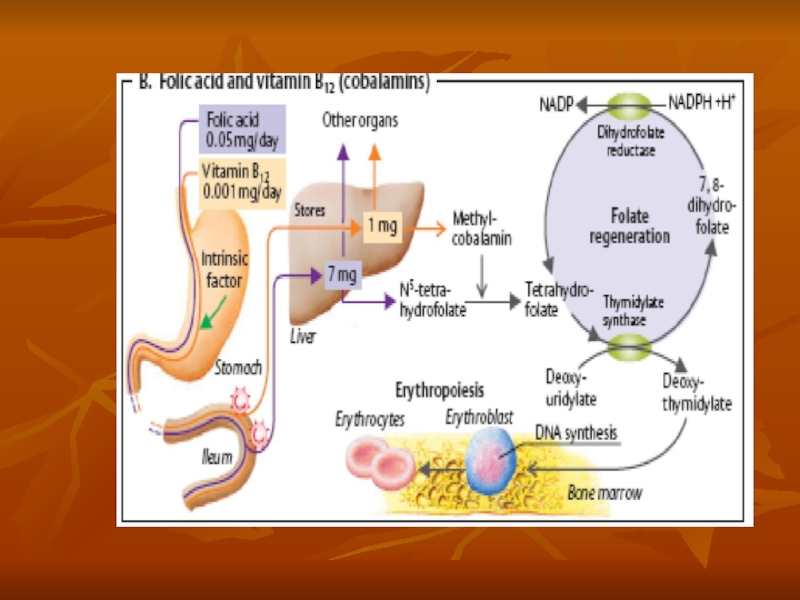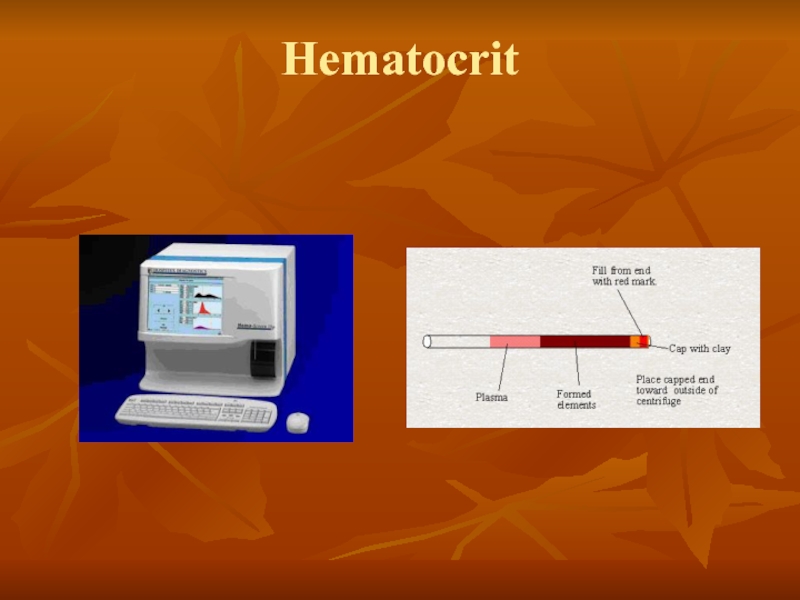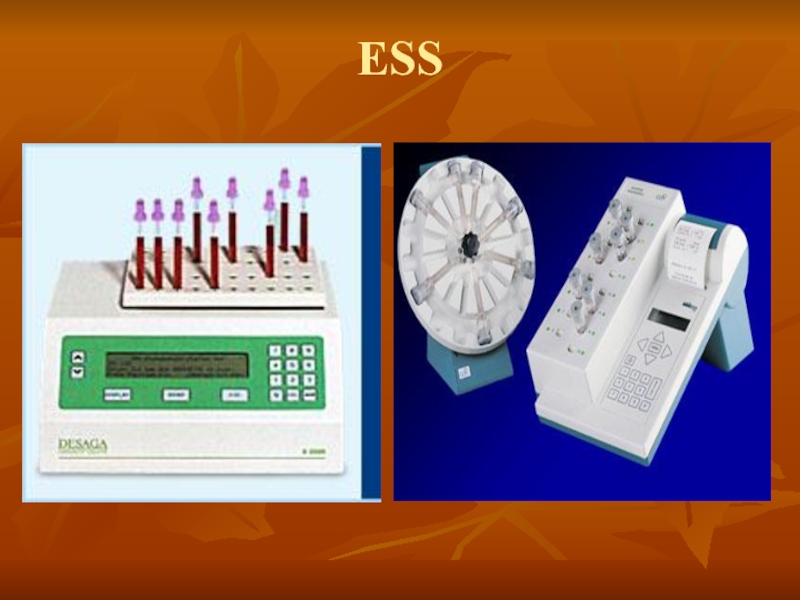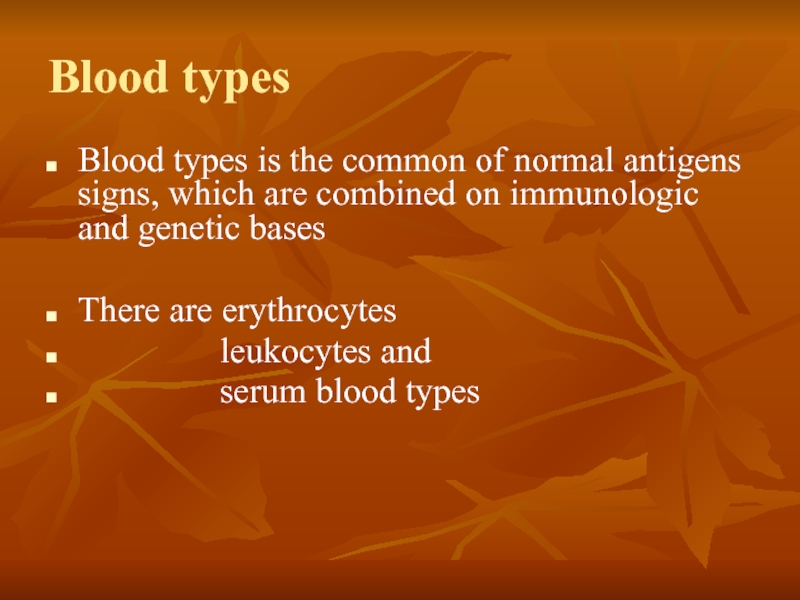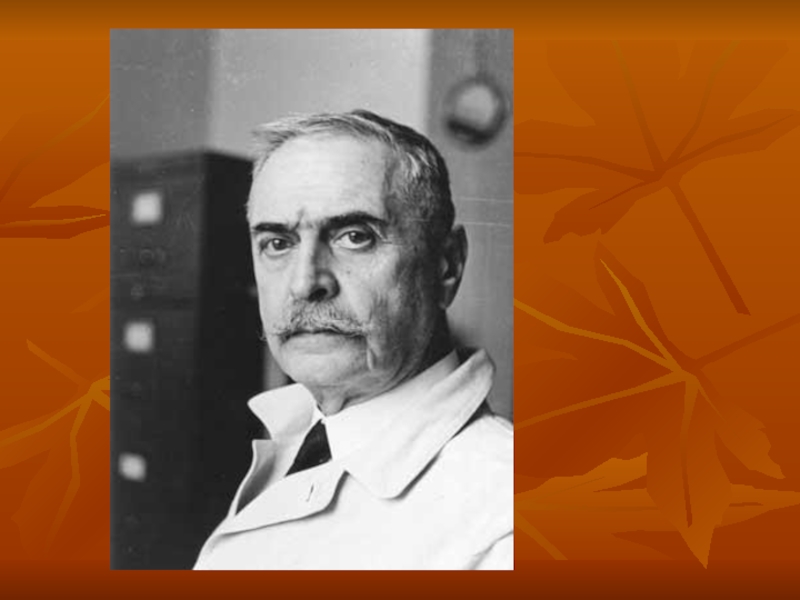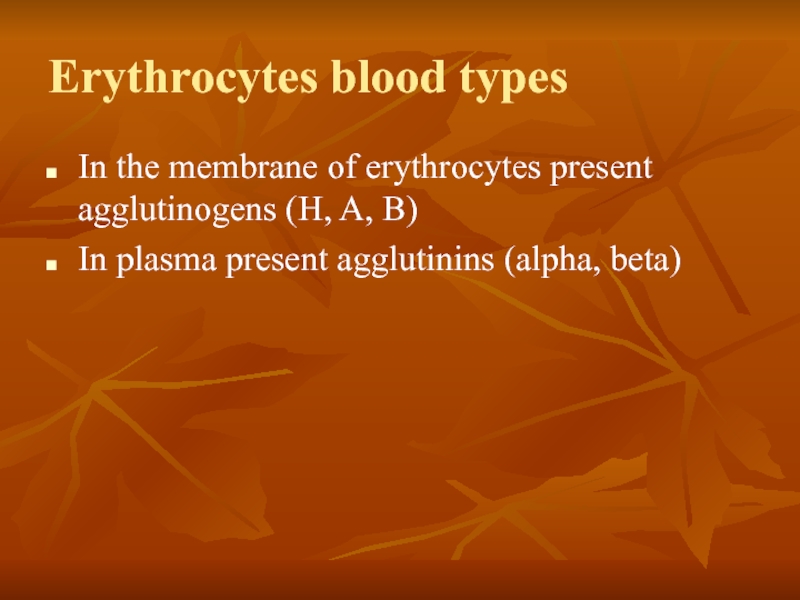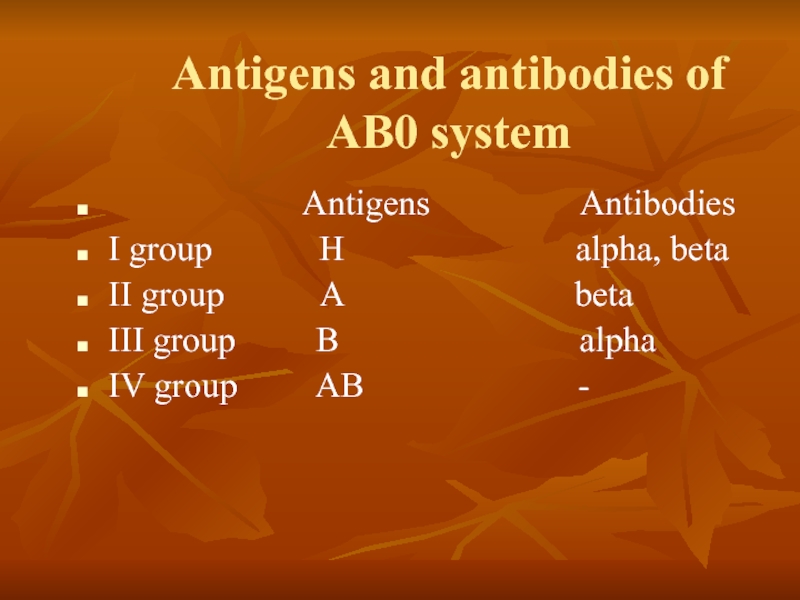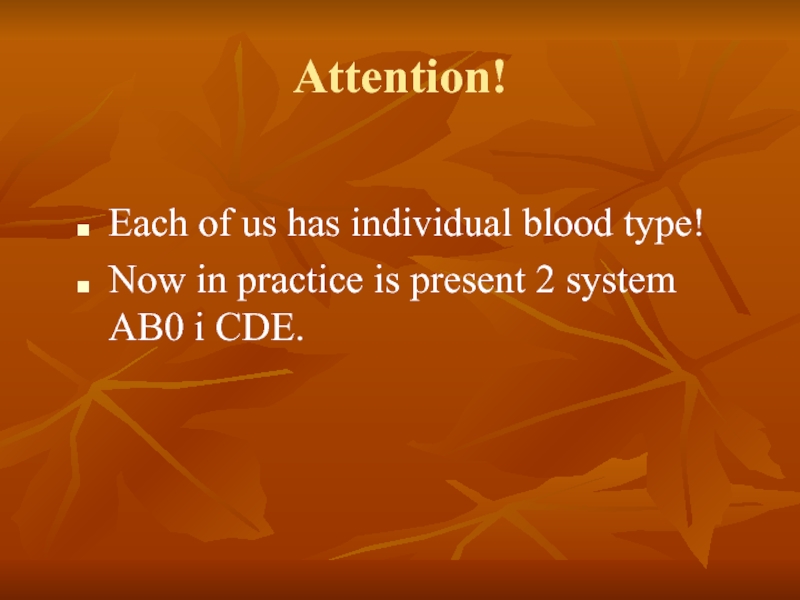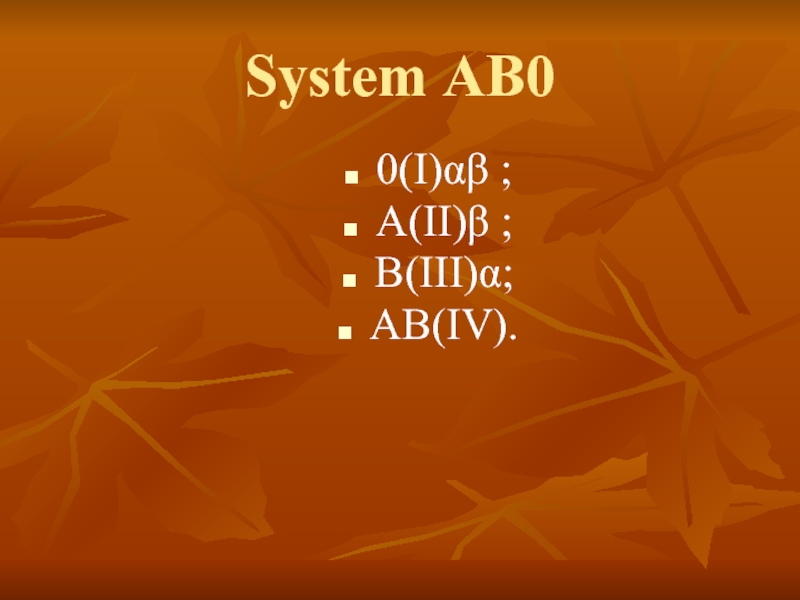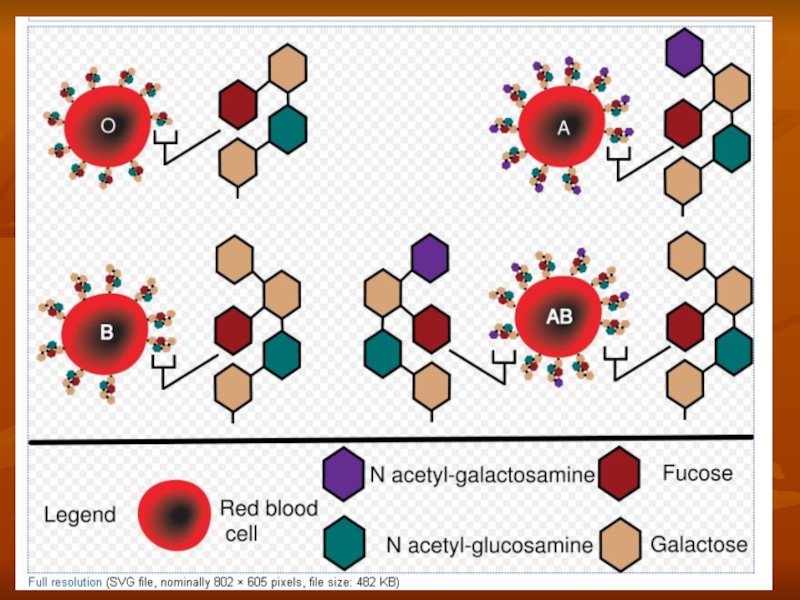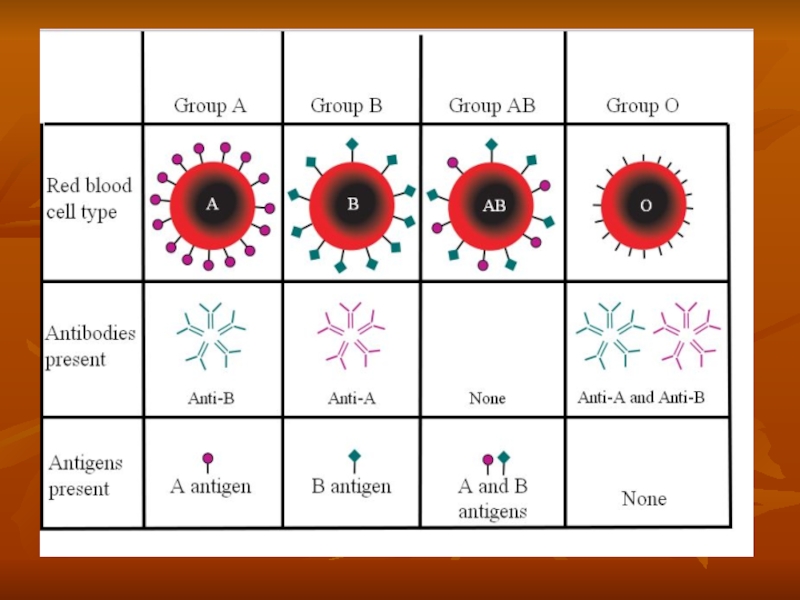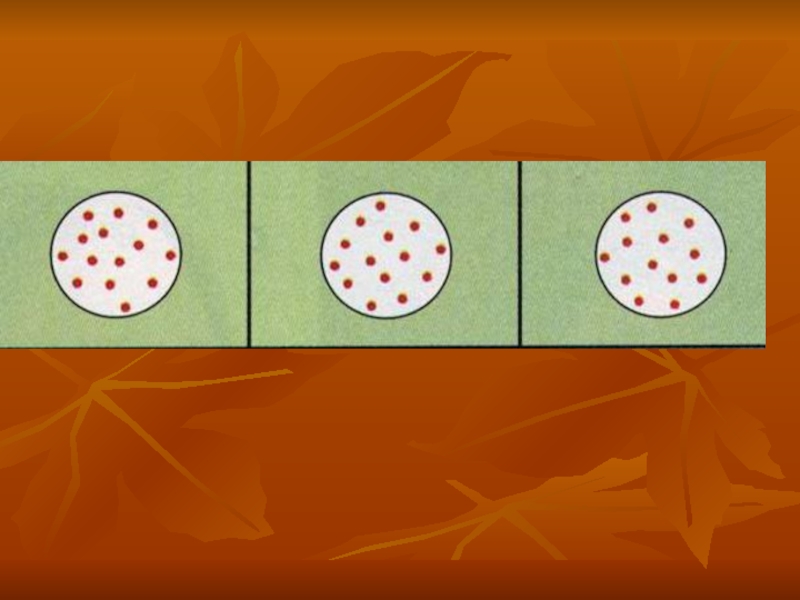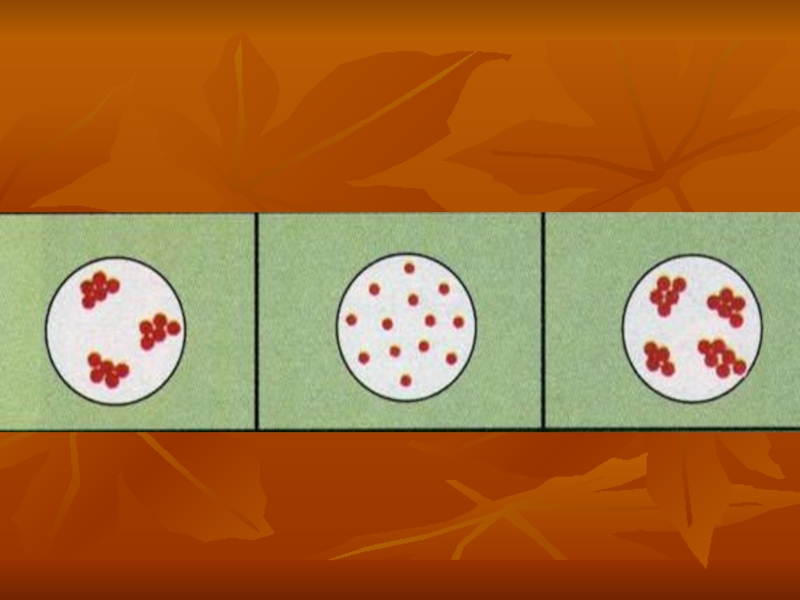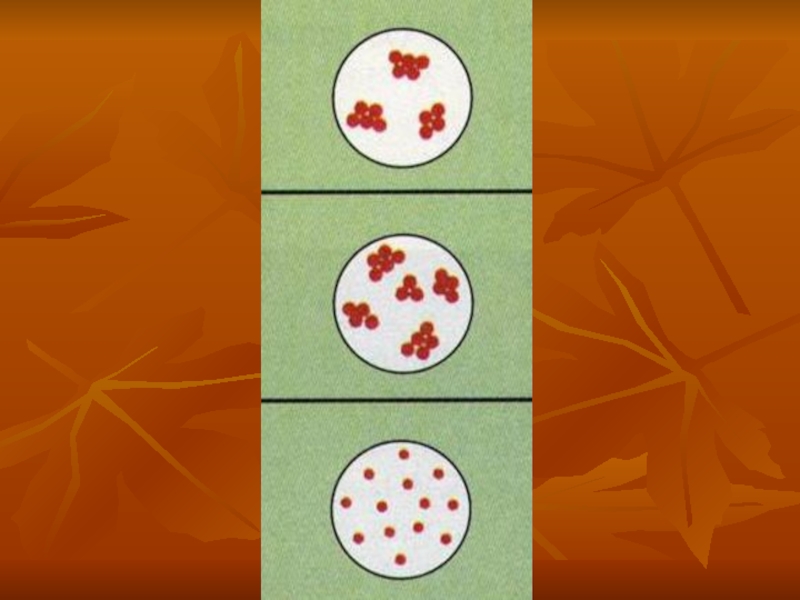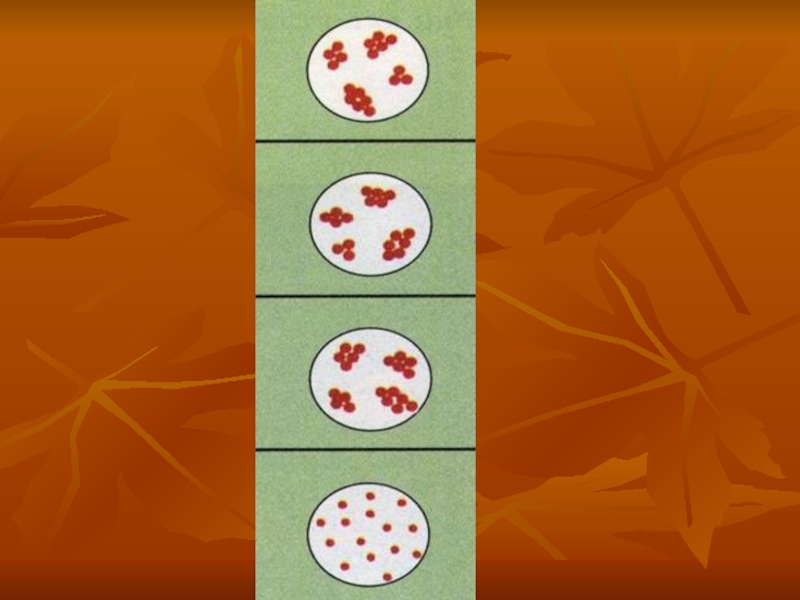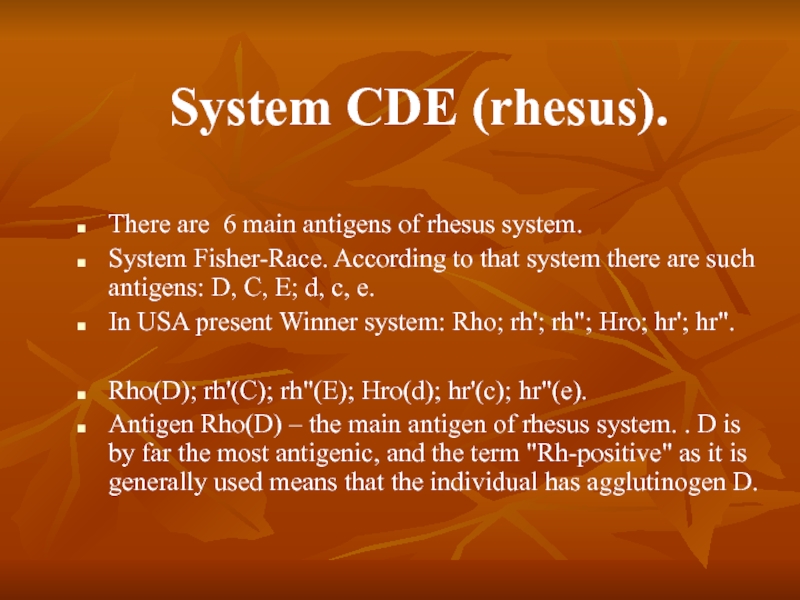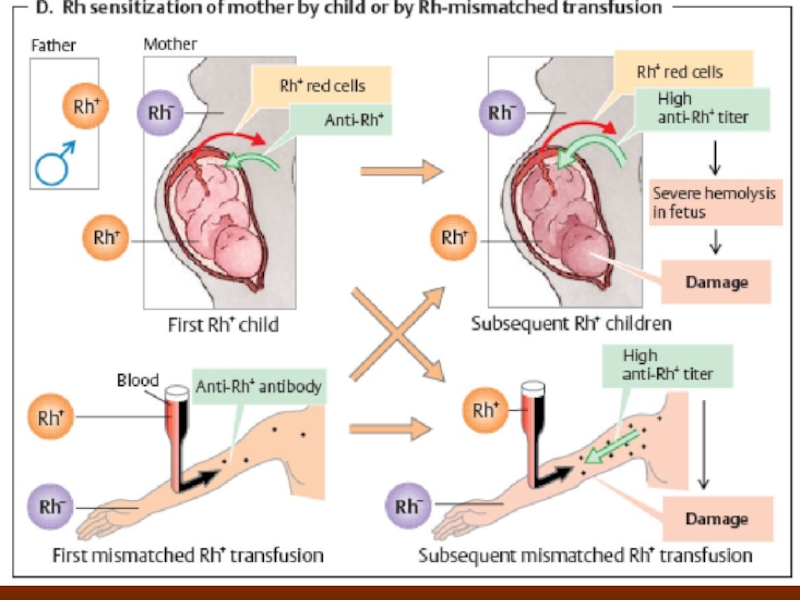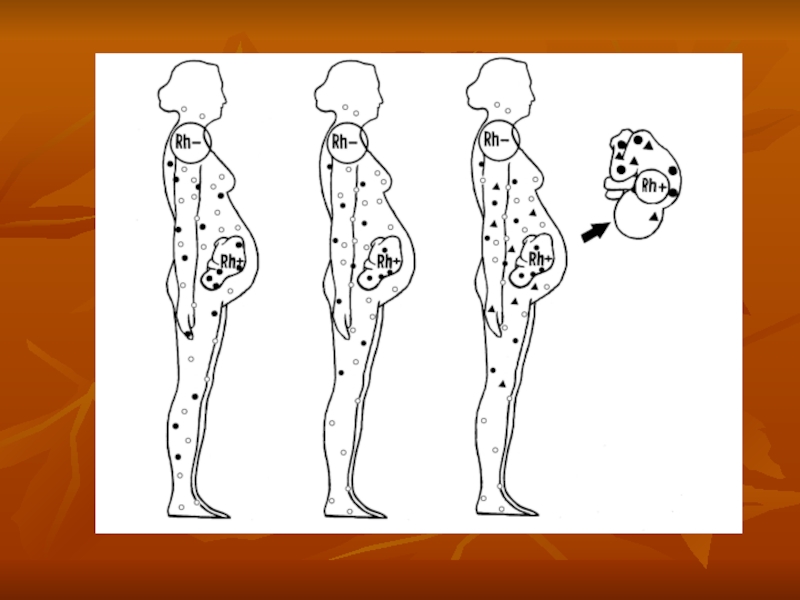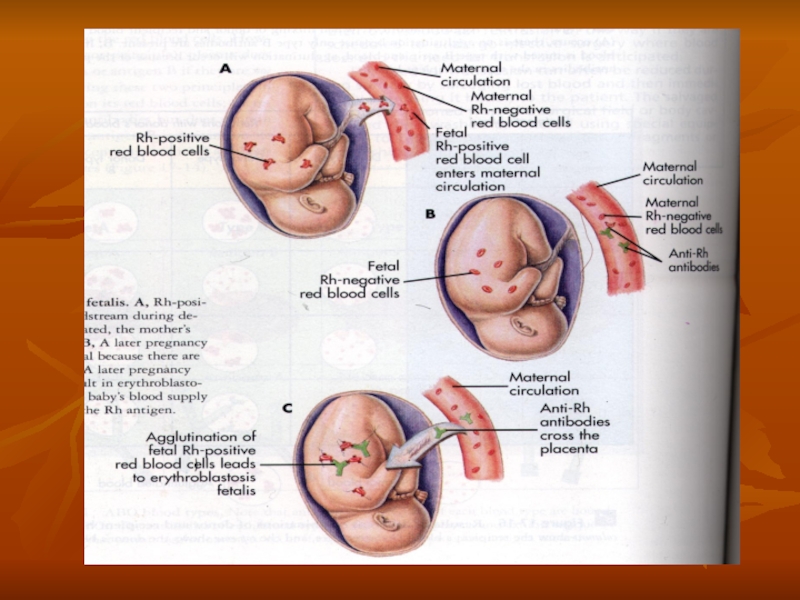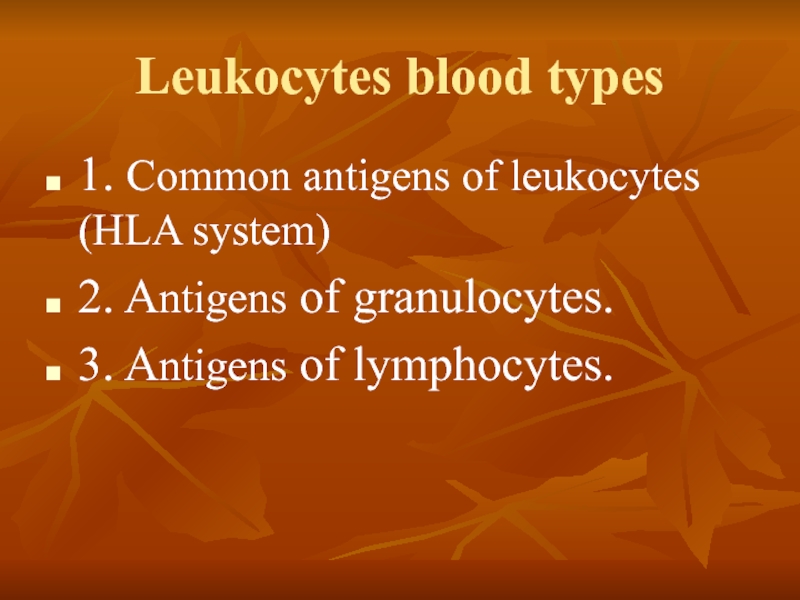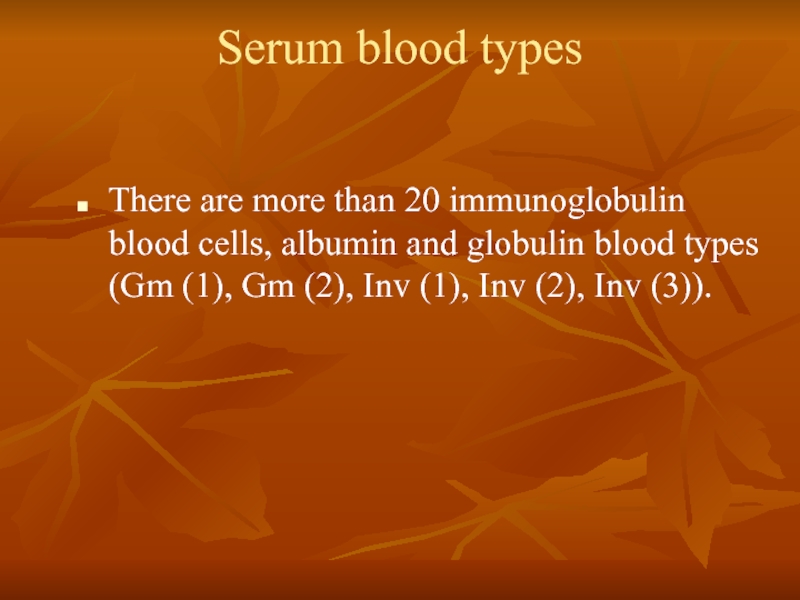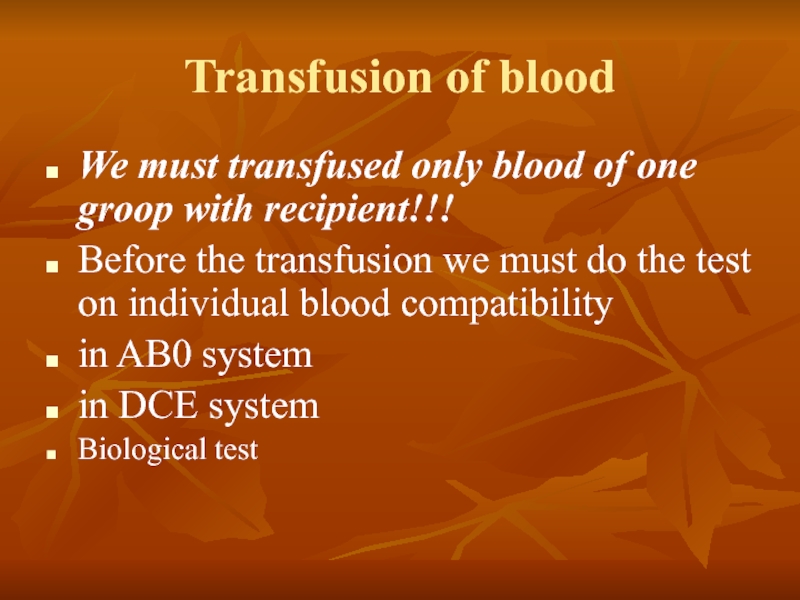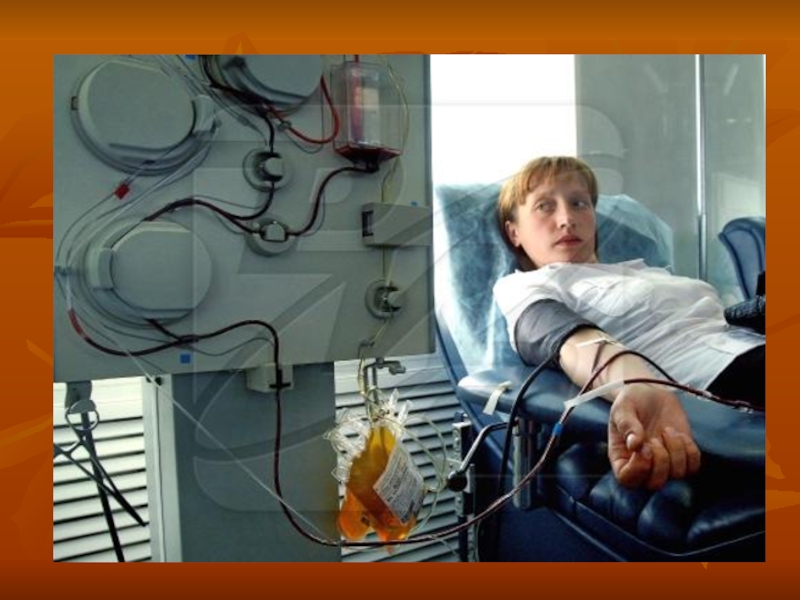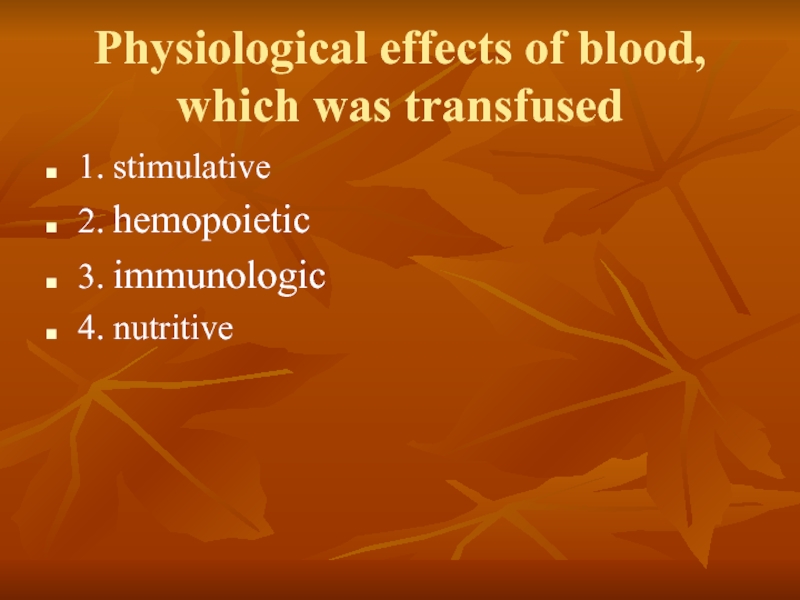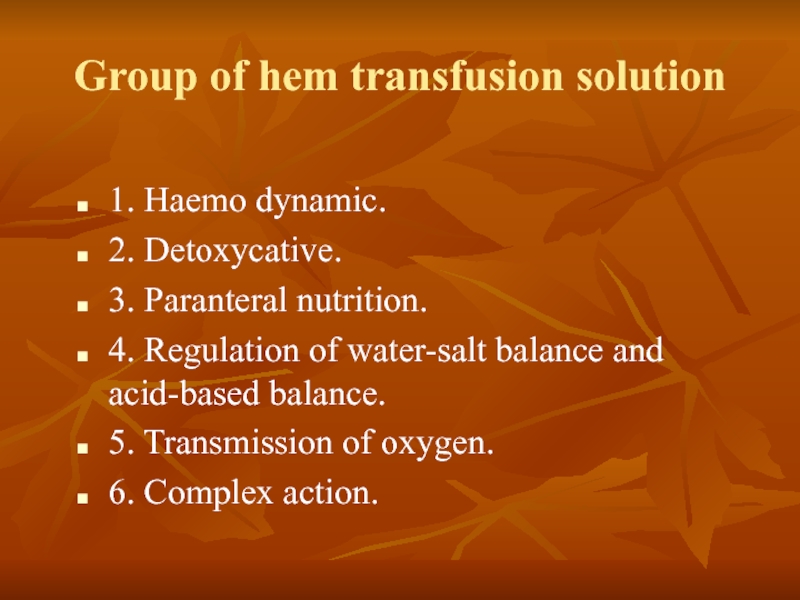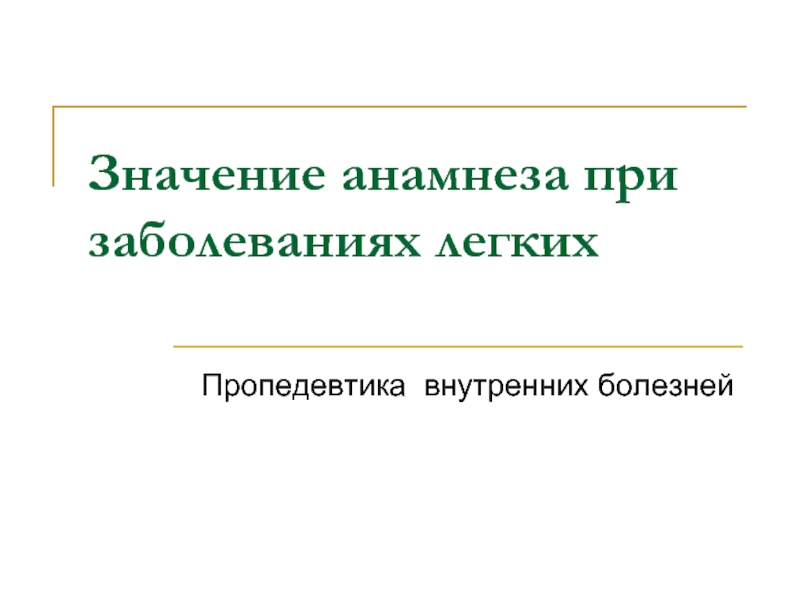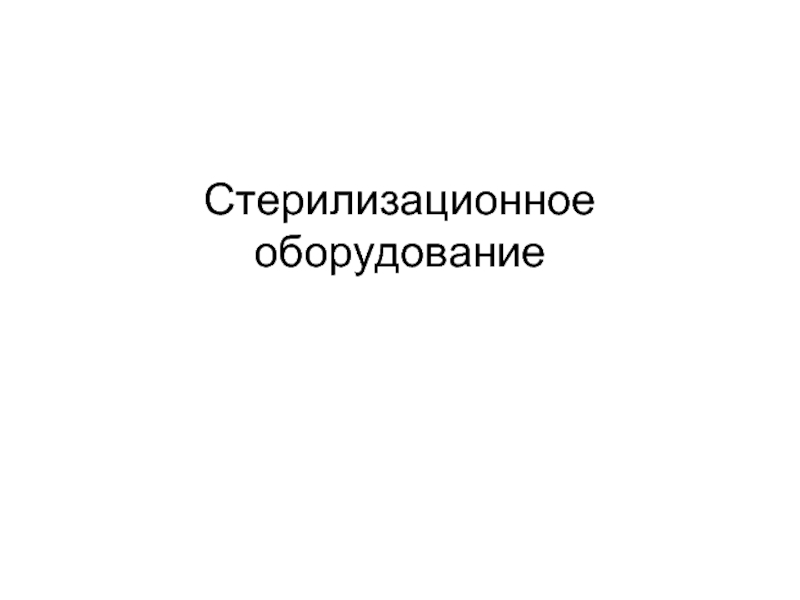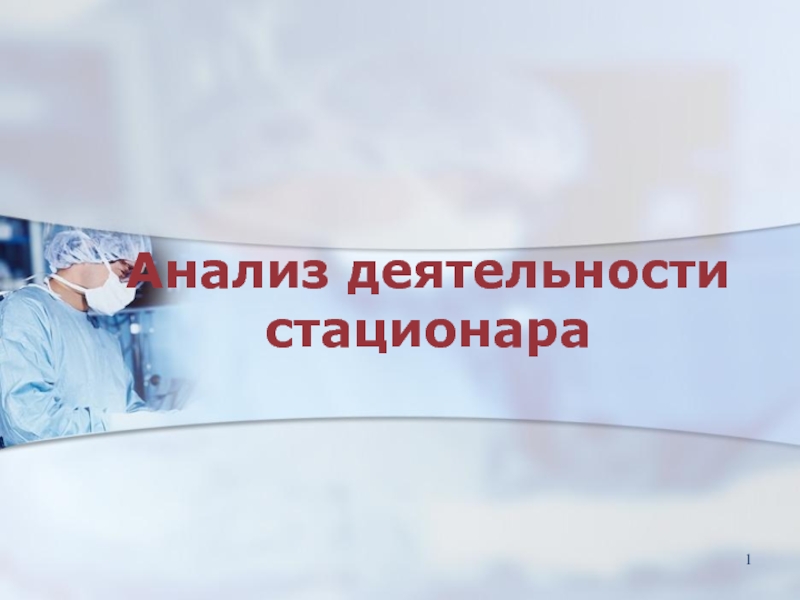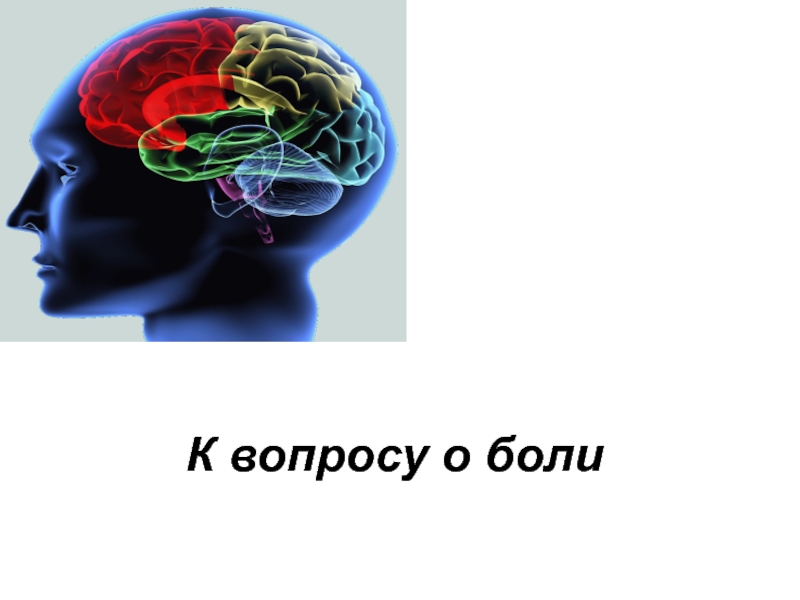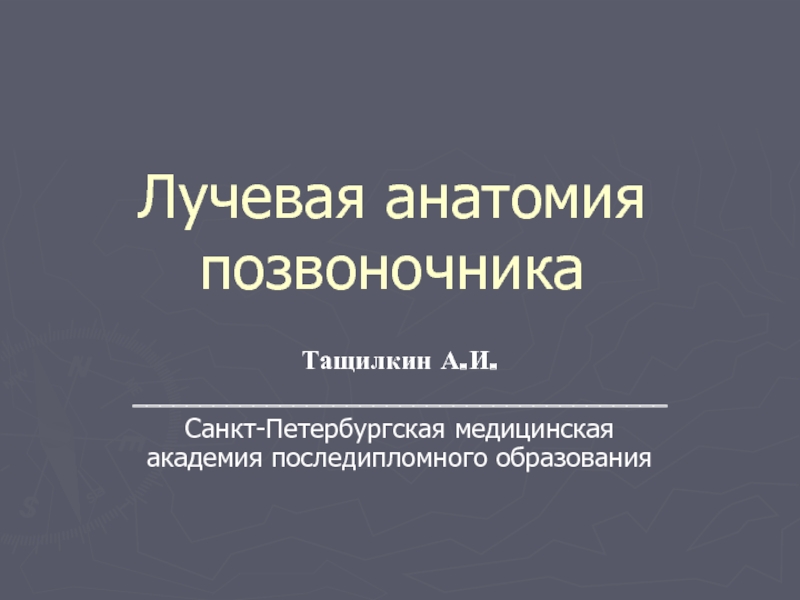- Главная
- Разное
- Дизайн
- Бизнес и предпринимательство
- Аналитика
- Образование
- Развлечения
- Красота и здоровье
- Финансы
- Государство
- Путешествия
- Спорт
- Недвижимость
- Армия
- Графика
- Культурология
- Еда и кулинария
- Лингвистика
- Английский язык
- Астрономия
- Алгебра
- Биология
- География
- Детские презентации
- Информатика
- История
- Литература
- Маркетинг
- Математика
- Медицина
- Менеджмент
- Музыка
- МХК
- Немецкий язык
- ОБЖ
- Обществознание
- Окружающий мир
- Педагогика
- Русский язык
- Технология
- Физика
- Философия
- Химия
- Шаблоны, картинки для презентаций
- Экология
- Экономика
- Юриспруденция
Physiology of blood. Erythrocytes.Respiratory pigments. Blood types презентация
Содержание
- 1. Physiology of blood. Erythrocytes.Respiratory pigments. Blood types
- 2. Blood system Blood system firstly was proposed
- 3. Blood Blood is a fluid connective tissue.
- 4. plasma erythrocytes Leucocytes and platelets
- 6. Amount of blood The amount of blood
- 7. Plasma Water – 90 % Solids
- 8. Proteins One liter of plasma has 65-85
- 9. Albumins Albumins: on 80 % it provides
- 10. Globulins Globulins produces in lymphatic nodes, in
- 11. Fibrinogen Fibrinogen is a protein which are
- 12. Quantity of cells, their changing Erythrocytes (In
- 15. Erythrocytes
- 16. Erythrocytes
- 19. Functions of blood 1. Breathing function
- 23. Respiratory pigments Hemoglobin Erythrocytes derive their
- 25. Respiratory pigments Myoglobin Hem is also part
- 26. Exchange of iron in the organism In
- 30. Hematocrit
- 31. ESS
- 32. Blood types Blood types is the common
- 34. Erythrocytes blood types In the membrane of
- 35. Antigens and antibodies of AB0 system
- 36. Attention! Each of us has individual blood
- 37. System АВ0 0(І)αβ ; А(ІІ)β ; В(ІІІ)α; АВ(ІV).
- 44. System СDЕ (rhesus). There are
- 48. Leukocytes blood types 1. Common antigens
- 49. Serum blood types There are
- 50. Transfusion of blood We must transfused
- 52. Physiological effects of blood, which was transfused
- 53. Group of hem transfusion solution 1. Haemo
- 54. Thank you for your attention!
Слайд 2Blood system
Blood system firstly was proposed by Lung in 1936.
It
consist of
- blood circulated through the blood circulatory system
- blood forming organs
- blood destroying organs
- regulatory apparatus.
- blood circulated through the blood circulatory system
- blood forming organs
- blood destroying organs
- regulatory apparatus.
Слайд 3Blood
Blood is a fluid connective tissue. Blood consist of
- plasma
- blood cells – erythrocytes,
leucocytes and
platelets.
Слайд 6Amount of blood
The amount of blood in the body has been
measured in various ways. Naturally the volume of blood can be expected to vary with the size of the body. The blood volume of an adult human of average size is about 6-8 % (in man – 52-83 mL/kg; woman – 50-75 mL/kg).
Слайд 7Plasma
Water – 90 %
Solids – 10 %
Inorganic chemicals: sodium, calcium,
potassium, magnesium, chloride, bicarbonate, phosphate, sulfate – 0,9 %
Organic chemicals:
Proteins: serum albumin, serum globulin, fibrinogen – 8 %
Others: – 1,1 %
Nonprotein nitrogenous substances: urea, uric acid, creatine, creatinine, ammonium salts, amino acids
Nonnitrogenous substances: glucose, fats, cholesterol hormones
Gases: oxygen, carbon dioxide, nitrogen
Organic chemicals:
Proteins: serum albumin, serum globulin, fibrinogen – 8 %
Others: – 1,1 %
Nonprotein nitrogenous substances: urea, uric acid, creatine, creatinine, ammonium salts, amino acids
Nonnitrogenous substances: glucose, fats, cholesterol hormones
Gases: oxygen, carbon dioxide, nitrogen
Слайд 8Proteins
One liter of plasma has 65-85 gram of proteins.
Concentration of
albumins is 35-50 g/L; globulins is alpha-1-globulins – 1-4 g/L,
alpha-2-globulins – 4-8 g/L,
beta-globulins – 6-12 g/L,
gamma-globulins – 8-16 g/L;
fibrinogen – 2-4 g/L.
Plasma which are not contain fibrinogen called serum (it is necessary for understanding the immunology, therapy etc.)
alpha-2-globulins – 4-8 g/L,
beta-globulins – 6-12 g/L,
gamma-globulins – 8-16 g/L;
fibrinogen – 2-4 g/L.
Plasma which are not contain fibrinogen called serum (it is necessary for understanding the immunology, therapy etc.)
Слайд 9Albumins
Albumins: on 80 % it provides oncotic pressure, contacts with bilirubin,
fat acids, antibiotics, sulfanilamids. It connects with them and transports them. It produces in liver in average quantity of 17 gram per day.
Слайд 10Globulins
Globulins produces in lymphatic nodes, in liver, in bone marrow in
average quantity of 5 gram per day.
Alpha-1-globulins connected with carbohydrates (for example 2/3 of all glucose connected with alpha-1-globulins. This is glyco proteins.)
Alpha-2-globulins connect 90 % of cupper. This is cerruloplasmin. Its may produced in hormons, for example, thyroxin, connected by vitamin B12. From this protein produce angiotensines (substances which are take place in increase of blood pressure).
Beta-globulin carry out 75 % of fats, iron (for example, transferrine).
Gamma-globulins has protective functions (for example, antibodies).
Alpha-1-globulins connected with carbohydrates (for example 2/3 of all glucose connected with alpha-1-globulins. This is glyco proteins.)
Alpha-2-globulins connect 90 % of cupper. This is cerruloplasmin. Its may produced in hormons, for example, thyroxin, connected by vitamin B12. From this protein produce angiotensines (substances which are take place in increase of blood pressure).
Beta-globulin carry out 75 % of fats, iron (for example, transferrine).
Gamma-globulins has protective functions (for example, antibodies).
Слайд 11Fibrinogen
Fibrinogen is a protein which are produced by liver and take
place in hemostasis system. Fibrinogen is dissolved form, which transform in insolved form – fibrin and provide coagulative hemostasis (plug production) and prevent bleeding.
Daily production of fibrinogen is 2-4 g/L.
Daily production of fibrinogen is 2-4 g/L.
Слайд 12Quantity of cells, their changing
Erythrocytes (In men – 4,0-5,1 Tera/L; in
women – 3,7-4,7 Tera/L. The quantity of erythrocytes may be increase – in pregnancy, in physical training, mental work, in newborn or decrease.)
Leukocytes (4-9 Giga/L. The number of leukocytes can increase – physical work, emotional load, in newborn, inflammation or decrease.)
Platelates (180-320 Giga/L.)
Leukocytes (4-9 Giga/L. The number of leukocytes can increase – physical work, emotional load, in newborn, inflammation or decrease.)
Platelates (180-320 Giga/L.)
Слайд 19Functions of blood
1. Breathing function of blood.
2. Trophic function of blood.
3. Excretory function of blood.
4. Hormonal regulation.
6. Temperature regulation.
7. Maintaining the acid-base balance of tissues.
8. Supporting the water-electrolytic balance.
9. Homeostasis function.
10. Protecting the body from bacteria and other organisms that can cause diseases or other abnormal conditions.
Слайд 23Respiratory pigments
Hemoglobin
Erythrocytes derive their colour from a complex protein called
hemoglobin. This substance is composed of a pigment, heme, containing iron, and the protein glohin. Hemoglobin has the power to attract oxygen molecules and to hold them in a loose chemical combination known as oxyhemoglobin. It is said, therefore, to have a chemical affinity for oxygen.
Слайд 25Respiratory pigments
Myoglobin
Hem is also part of the structure of myoglobin, an
oxygen-binding pigment found in red (slow) muscles and in the respiratory enzyme cytochrome c. Porphyrins other than that found in hem play a role in the pathogenesis of a number of metabolic diseases (congenital and acquired porphyria, etc.) It may be the reserve pigments, which give the tissue oxygen in a small oxygen condition.
Слайд 26Exchange of iron in the organism
In the blood-destroying organs, the hemoglobin
breaks down into an iron-free and the iron-bearing portions. The latter is decomposed into bilirubin and an iron compound. Both are carried to the liver, where the bilirubin is excreted in the bile as one of the bile pigments, while the iron, if not needed for the formation of new red blood cells, is stored. Other way entering of iron is the food. Erythrocytes can live only a limited time. The life of red blood cells are nearly 120 days. Blood cells are lost by the processes of hemolysis and fragmentation, which occur throughout the circulatory system, and phagocytosis of whole cells and cell fragments, which takes place in the cells of the reticuloendothelian tissues, especially those in the spleen, the liver, and the bone marrow.
Слайд 32Blood types
Blood types is the common of normal antigens signs, which
are combined on immunologic and genetic bases
There are erythrocytes
leukocytes and
serum blood types
There are erythrocytes
leukocytes and
serum blood types
Слайд 34Erythrocytes blood types
In the membrane of erythrocytes present agglutinogens (H, A,
B)
In plasma present agglutinins (alpha, beta)
In plasma present agglutinins (alpha, beta)
Слайд 35Antigens and antibodies of AB0 system
Antigens Antibodies
I group H alpha, beta
II group A beta
III group B alpha
IV group AB -
I group H alpha, beta
II group A beta
III group B alpha
IV group AB -
Слайд 36Attention!
Each of us has individual blood type!
Now in practice is
present 2 system АВ0 і СDЕ.
Слайд 44
System СDЕ (rhesus).
There are 6 main аntigens of rhesus system.
System
Fisher-Race. According to that system there are such antigens: D, C, E; d, c, e.
In USA present Winner system: Rho; rh'; rh"; Hro; hr'; hr".
Rho(D); rh'(C); rh"(E); Hro(d); hr'(c); hr"(e).
Аntigen Rho(D) – the main аntigen of rhesus system. . D is by far the most antigenic, and the term "Rh-positive" as it is generally used means that the individual has agglutinogen D.
In USA present Winner system: Rho; rh'; rh"; Hro; hr'; hr".
Rho(D); rh'(C); rh"(E); Hro(d); hr'(c); hr"(e).
Аntigen Rho(D) – the main аntigen of rhesus system. . D is by far the most antigenic, and the term "Rh-positive" as it is generally used means that the individual has agglutinogen D.
Слайд 48Leukocytes blood types
1. Common antigens of leukocytes (HLA system)
2.
Antigens of granulocytes.
3. Antigens of lymphocytes.
3. Antigens of lymphocytes.
Слайд 49Serum blood types
There are more than 20 immunoglobulin blood cells,
albumin and globulin blood types (Gm (1), Gm (2), Inv (1), Inv (2), Inv (3)).
Слайд 50Transfusion of blood
We must transfused only blood of one groop
with recipient!!!
Before the transfusion we must do the test on individual blood compatibility
in AB0 system
in DCE system
Biological test
Before the transfusion we must do the test on individual blood compatibility
in AB0 system
in DCE system
Biological test
Слайд 52Physiological effects of blood, which was transfused
1. stimulative
2. hemopoietic
3. immunologic
4. nutritive
Слайд 53Group of hem transfusion solution
1. Haemo dynamic.
2. Detoxycative.
3. Paranteral nutrition.
4. Regulation
of water-salt balance and acid-based balance.
5. Transmission of oxygen.
6. Complex action.
5. Transmission of oxygen.
6. Complex action.
